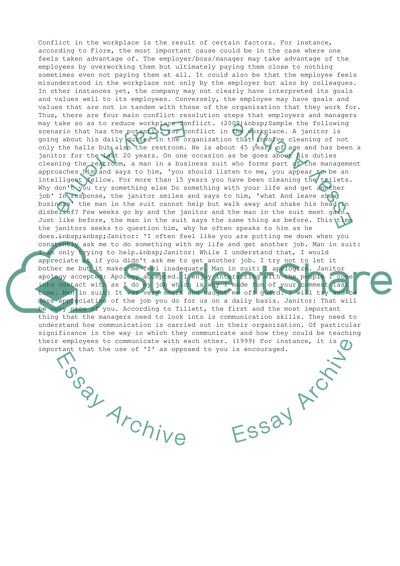Cite this document
(“Factors of Conflict in the Workplace Research Paper”, n.d.)
Factors of Conflict in the Workplace Research Paper. Retrieved from https://studentshare.org/management/1526782-conflict-management-college-essay
Factors of Conflict in the Workplace Research Paper. Retrieved from https://studentshare.org/management/1526782-conflict-management-college-essay
(Factors of Conflict in the Workplace Research Paper)
Factors of Conflict in the Workplace Research Paper. https://studentshare.org/management/1526782-conflict-management-college-essay.
Factors of Conflict in the Workplace Research Paper. https://studentshare.org/management/1526782-conflict-management-college-essay.
“Factors of Conflict in the Workplace Research Paper”, n.d. https://studentshare.org/management/1526782-conflict-management-college-essay.


